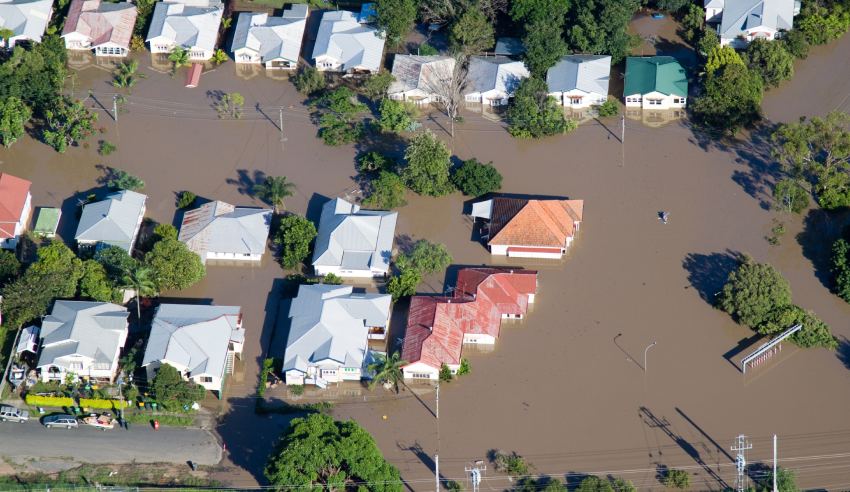Insurance definitions need to be simplified to avoid confusion for those suffering devastating property losses and damages, according to a new report from the Financial Rights Legal Centre.

Confusing terms and conditions and fine print limitations within insurance policies are making it harder than ever for those affected by the recent floods and other natural disasters to claim on their insurance, this report stated.
The report was written by Dr Diana Grace PhD and Professor Michael Platow PhD and examined a lack of consistent definitions in general insurance and the impact this is likely to have on the “implementation of the Australian government’s Consumer Data Right reforms to general insurance”.
The terms and wording used in the product disclosure statements (PDSs) of the home insurance policies of 34 insurers in Australia were examined for the report – and a series of focus groups explored consumers’ understandings of these terms, and related concerns.
Director of casework at the Financial Rights Legal Centre Alexandra Kelly said that Australians who have faced the recent storm, rain and flooding events in Queensland and NSW buy insurance to protect themselves from the risk of catastrophic extreme weather events. However, there are significant differences in how insurers define flood, storm, fire and smoke damage, making it extremely difficult for consumers to understand their policies and what they are covered for.
“At claims time policyholders are too often surprised to find they are not in fact covered because the fine print in insurance policies excludes damage from wind, or hail or even rainwater runoff,” she said.
“Everyday people know what storms, fires and floods are. But what people often don’t know is that multiple fine print, exclusions and qualifications alter the meaning of these basic concepts. Even the term ‘flood’ – which is already standardised – has been altered by one insurer and packaged with ‘rainwater run-off’.
“This is bad news for a large number of policyholders in Queensland and NSW who have inadvertently opted out of ‘rainwater runoff’ because they opted out of ‘flood’ cover.”
This lack of consistency in definitions and use of key terms could be a significant barrier to the “effective application of the Consumer Data Right to the general insurance sector”, Ms Kelly added. Therefore, the report recommended that special attention be given to “standardising terms used to exclude and qualify insurance cover in an easy-to-understand tabular form”.
“The Australian government must act to ensure the policies and practices of insurers do not undermine the objectives of ‘open insurance’,” she said.
“This would assist consumers to compare insurance policies. It would also assist industry and governments to better assess the community and economic impact of extreme weather events and manage disaster response.
“The prevalence of underinsurance and non-insurance can hinder the recovery efforts of communities and governments following natural disasters.”

Lauren is the commercial content writer within Momentum Media’s professional services suite, including Lawyers Weekly, Accountants Daily and HR Leader, focusing primarily on commercial and client content, features and ebooks. Prior to joining Lawyers Weekly, she worked as a trade journalist for media and travel industry publications. Born in England, Lauren enjoys trying new bars and restaurants, attending music festivals and travelling.